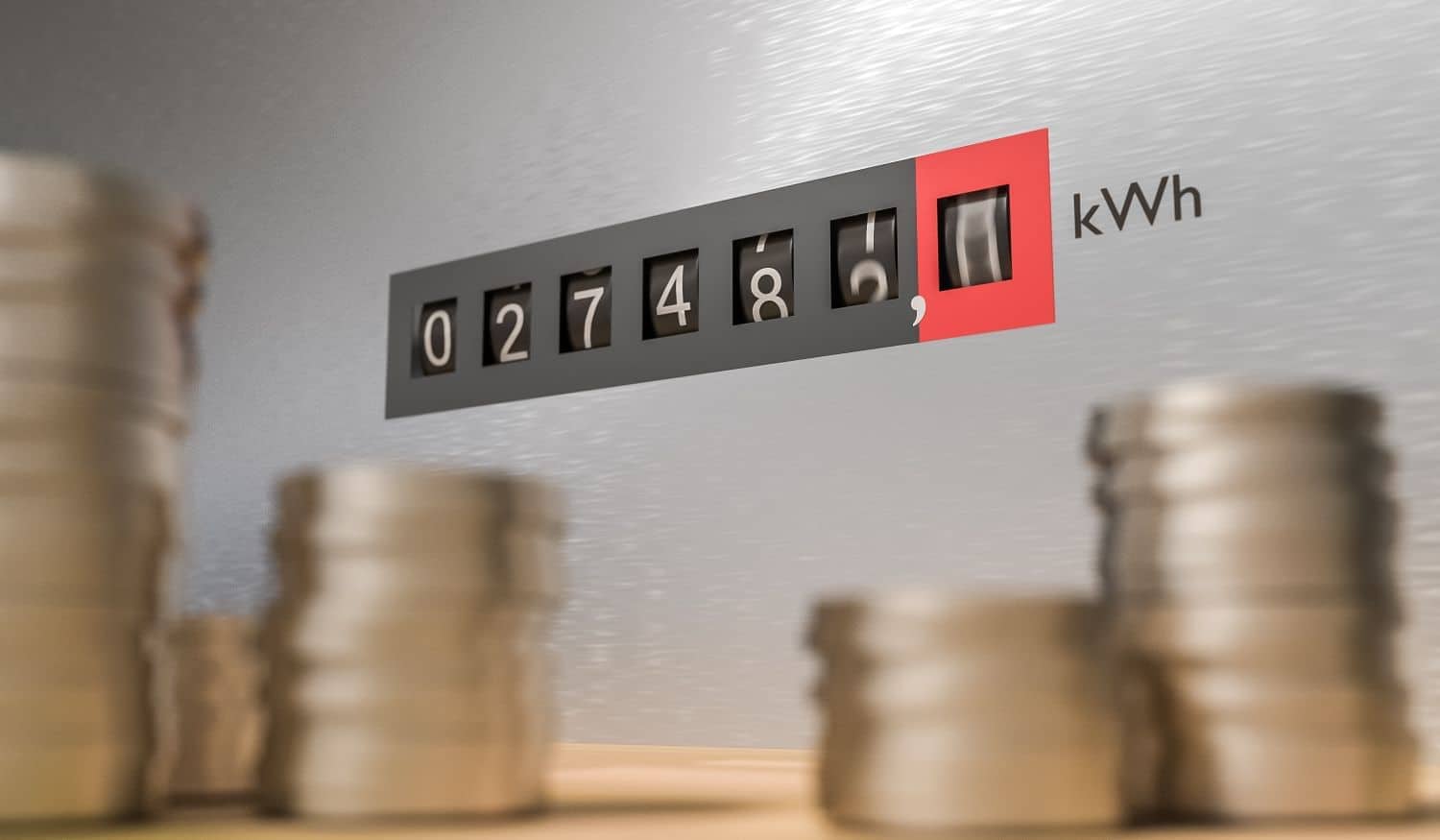Consumers to pay almost R100bn for the regulator’s mistakes.

Energy regulator Nersa confirmed in a statement on Wednesday evening that it has entered into a settlement with Eskom, following the mistakes it made in determining the utility’s revenue for the current and next two financial years.
As a result, consumers will have to cough up R54 billion more through higher electricity tariffs, phased in over several years. Nersa has already estimated how much the increases announced in January will be adjusted upward.
South Africans to pay more for electricity
This is the second such settlement since May, which brings the total additional revenue due to Eskom to correct Nersa’s mistakes, to R94 billion – which is to be paid by electricity users.
Nersa’s statement follows Moneyweb’s report on Tuesday, about decisions the regulator had been taking behind closed doors, which affect consumer accounts.
ALSO READ: Consumers may cough up billions more, after Nersa’s closed-door Eskom deal
While maintaining its silence about the earlier R40 billion settlement that was made a court order, Nersa in its statement estimated the price impact of the latest settlement as follows:
- An additional 3.4 percentage points in 2026/27, which means electricity tariffs will increase by 8.76% instead of the 5.36% announced in January.
- An additional 2.63 percentage points in 2027/28, which means the tariffs will increase by 8.83% instead of the 6.19% announced in January.
These adjustments will account for R35 billion of the additional R54 billion Eskom has been awarded. The balance will be recovered from consumers in the next tariff period, according to Nersa. Details on this recovery are not yet clear.
It is important to note that these increases may be even bigger if the impact of the first settlement and further clawbacks are implemented at the same time.
Nersa admits mistakes
In its statement, Nersa explains that Eskom approached the high court to have the regulator’s revenue determination for the three financial years from 1 April 2025 to 31 March 2028 reviewed and set aside, citing a R107 billion shortfall.
“Eskom challenges the energy regulator’s decision only in respect of a revenue shortfall that occurred in the generation business due to a data input error, which mainly affected depreciation and the Regulatory Asset Base (RAB) value for the generation business,” the statement reads.
“The reliefs Eskom sought through the judicial review were assessed to evaluate the validity of Eskom’s claims and to determine whether Nersa could mount a sustainable opposition to the grounds of the review application. Nersa also considered Eskom’s requested reliefs in relation to their potential impact on customers and the broader economy, taking into account the public interest. Drawing on the findings from the founding papers and relevant case law on administrative decision reviews, Nersa decided not to oppose the application.”
ALSO READ: Nersa slashes Eskom’s tariff hike – but consumers could pay the price in taxes
The regulator admits to its mistakes and says: “After rectifying these errors, Nersa concluded that Eskom was entitled to an additional R54 billion over the three-year MYPD6 period, an amount substantially lower than Eskom’s original claim of R107 billion. The parties settled for R54 billion on 30 July 2025.”
In an apparent effort to explain its secrecy, Nersa says: “It is important to note that, as this is a judicial review consideration, Nersa cannot undertake the public participation process normally followed when considering applications. The settlement between Eskom and Nersa can only be effective after it has been made an order of the court, which has not yet been secured, and which has delayed the release of this media statement to avoid pre-empting the decision of the courts.”
The regulator says settling the matter avoids prolonged litigation, enabling both Nersa and Eskom to focus on their core mandates. The phased implementation of the settlement mitigates immediate tariff shocks to consumers, it adds.
This article was republished from Moneyweb. Read the original here.






